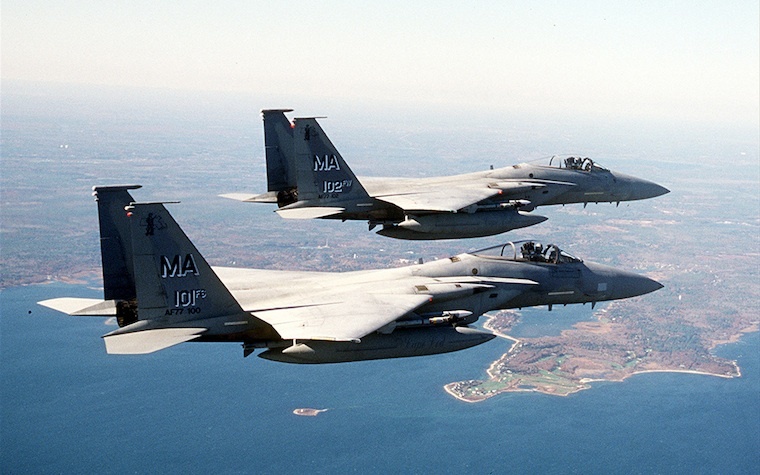DARPA’s aim is to overcome communications challenges faced by air combat teams that may be using a number of independently designed communications and radio systems that don’t always work well together.
Airborne warfare is now more complex and that creates the need for manned and unmanned combat systems to rapidly share information and data. Many of the current airborne radio networks don’t integrate with each other because of format differences in security and radio frequencies used in various aircraft types.
While there are some data-link gateways to help communication across those network divides, they are hampered by limits that don’t allow high-data-rate information to move easily between different systems. On top of that, many U.S. adversaries now have advanced electronic systems that disrupt U.S. and allied communications.
To answer those challenges, DARPA’s DyNAMO program is seeking new technologies to enable those independently designed networks to better share information and adapt to jamming programs. The new technology needs to be able to connect the existing networks and still be compatible with future networks as well.
“Current airborne networks are not designed to handle the complexities of modern distributed and dynamic combat missions, and the challenge is only going to increase in the years ahead,” Wayne Phoel, DARPA program manager, said. “DyNAMO’s goal is to enable pilots in one type of aircraft with a specific suite of sensors to easily share information with different types of manned and unmanned systems and also receive sensor information from those various platforms for a comprehensive view of the battlespace.”


 Alerts Sign-up
Alerts Sign-up